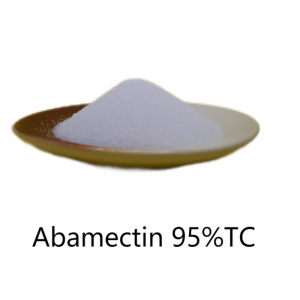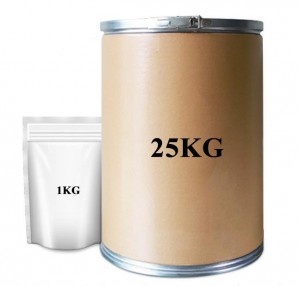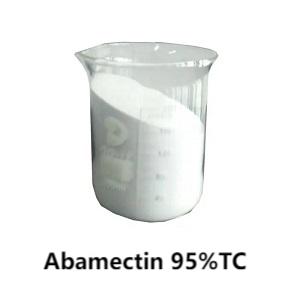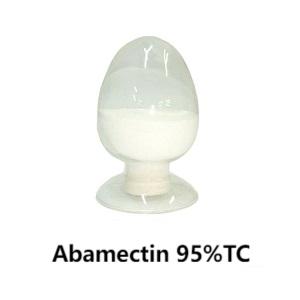Abamectin is a widely used Insecticide and anthelmintic.We have high quality Abamectin in our company. Resistance to abamectin-based antihelmintics, although a growing problem, is not as common as to other classes of Veterinary antihelmintics. The benzoate salt emamectin benzoate is also used as an insecticide.It also can be used as organic Fungicide and veterinary antihelmintic.
While we are operating this product, our company is still operating on other products, such as White Azamethiphos Powder,Veterinary Intermediate, Fruit Trees Great Quality Insecticide, Quick Efficacy Insecticide Cypermethrin, Yellow Clear Methoprene Liquidand so on.
Using Methods
1. Prevention and control of diamondback moth and cabbage worm. The use of 1000 to 1500 times 2% avermectin emulsifiable concentrate and 1000 times 1% metformin salt during the early larval stage can effectively control its damage. After 14 days of treatment, the control effect on diamondback moth still reaches 90-95%, and the control effect on cabbage beetle can reach over 95%.
2. Prevent and control pests such as the golden stripe moth, leafminer, leafminer, American spotted miner, and vegetable whitefly. When 3000-5000 times of abamectin emulsifiable concentrate+1000 times of high chlorine spray was used at the peak stage of egg hatching and larval emergence, the control effect was still more than 90% 7-10 days after the drug was applied.
3. Prevention and control of beet armyworm. Using 1000 times 1.8% avermectin emulsifiable concentrate, the prevention effect still reaches over 90% after 7-10 days of medication.
4. Control leaf mites, gall mites, tea yellow mites, and various resistant aphids in crops such as fruit trees, vegetables, and grains. Use 4000-6000 times 1.8% abamectin emulsifiable concentrates spray.
5. Prevention and control of vegetable root knot nematode disease. Using 500 milliliters per acre can achieve a prevention effect of 80-90%.
Attention
[1] Take protective measures when applying medicine, wear a mask, etc.
[2] It is highly toxic to fish and should be avoided from polluting water sources and ponds.
[3] It is highly toxic to silkworms, and the mulberry leaves have obvious toxic effect on silkworms 40 days after spraying.
[4] Toxic to bees, do not apply during flowering.
[5] The last application is 20 days from the harvest date.
Toxicity: The original drug is highly toxic and degrades rapidly in soil.
The preparation is low toxic, has no effect on people, and is highly toxic to fish and bees. The spray location should be far away from the river.
Dosage form
0.5%, 0.6%, 1.0%, 1.8%, 2%, 3.2%, 5% oil, 0.15%, 0.2% hypertonic, 1%, 1.8% wettable powder, 0.5% of high permeability oil, etc.
Due to pest resistance and other reasons, it is generally used in combination with other pesticides such as chlorpyrifos.















